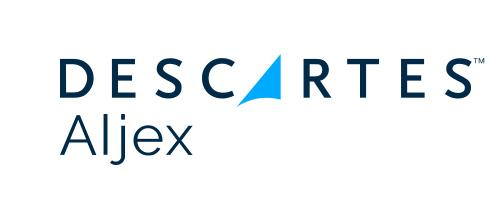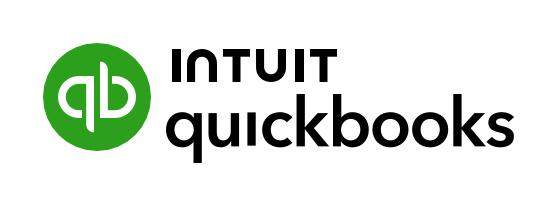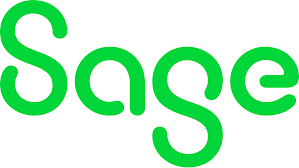Companies of all sizes, technical setups, and budgets. In this article, we will identify and focus on two main approaches: ’On Your Current Tools’ automation and external solutions.
’On Your Current Tools’ billing automation involves creating custom workflows or software robots that integrate with the tools a company already uses, such as Excel, accounting software (like QuickBooks), or internal databases. These solutions automate processes by gathering data from various tools, programs, and databases into a single location. This approach is ideal for teams seeking to improve efficiency without the need for significant changes or the introduction of new platforms.
On the other hand, external billing automation solutions involve adopting third-party applications or platforms and transferring all gathered data to them. These solutions often come with advanced features, analytics, and integrations, but they also require new tools, training, and sometimes, significant data migration.
Choosing between these options depends on several factors, including the size of the business, the volume of invoices, the complexity of billing logic, and the internal capacity for implementation or change. In this article, we will take a closer look at both options and provide billing automation examples for better understanding.
Examples
| Solution Type | Description | Estimated Setup Cost | Requirements |
|---|---|---|---|
| On Your Current Tools (Excel Automation) | Automating invoice generation using macros, scripts, or software bots built on existing Excel templates. | $600 – $2,200 | No new tools; requires scripting or automation expertise; no user retraining. |
| On Your Current Tools (API Integration) | Custom integration of an API with internal systems to auto-generate invoices. | $1,100 – $3,800 | Requires API knowledge; uses existing tools; no need to switch platforms. |
| On Your Current Tools (Software Robots) | Using Intelligent Automation to trigger billing from existing tools, CRMs or databases. | $2,200 – $11,000 | Robots run in the background; minimal training; no platform changes. |
| External (FreshBooks) | Cloud-based billing/invoicing software with automation features (e.g., recurring invoices). | $1,600 – $3,300 | Requires user training, account setup, and data migration to a new platform. |
| External (Xero + Add-ons) | Xero accounting software with third-party plugins for automation and workflows. | $2,200 – $5,500 | Team onboarding, integration setup, and possible migration from legacy tools. |
| External (BillingPlatform) | Enterprise-grade billing automation system designed for complex, large-scale billing. | $35,000 – $60,000+ | Full implementation project, significant training, high IT involvement. |
*’On Your Current Tools’- Solutions: These are automations created using the tools that a business already employs, such as Excel, accounting software, or internal systems. They are custom-built or configured solutions that do not require the purchase of external platforms.
**External Solutions: These consist of ready-made billing platforms or software products acquired from third-party vendors. They typically offer a wide variety of features but necessitate onboarding, training, and data migration.
***In the table, we outlined the price ranges for setup only. It’s important to note that all solutions will incur maintenance costs after the initial setup process.
Conclusions
There is no one-size-fits-all approach to billing automation. ’On Your Current Tools’ billing automation solutions can be cost-effective, minimally disruptive, and tailored to specific needs, but they often require more custom setup. On the other hand, external tools provide rich functionality and scalability; however, they involve costs, training, and time for transition. Businesses should carefully consider these trade-offs based on their goals, team capacity, and the volume of billing activity.






